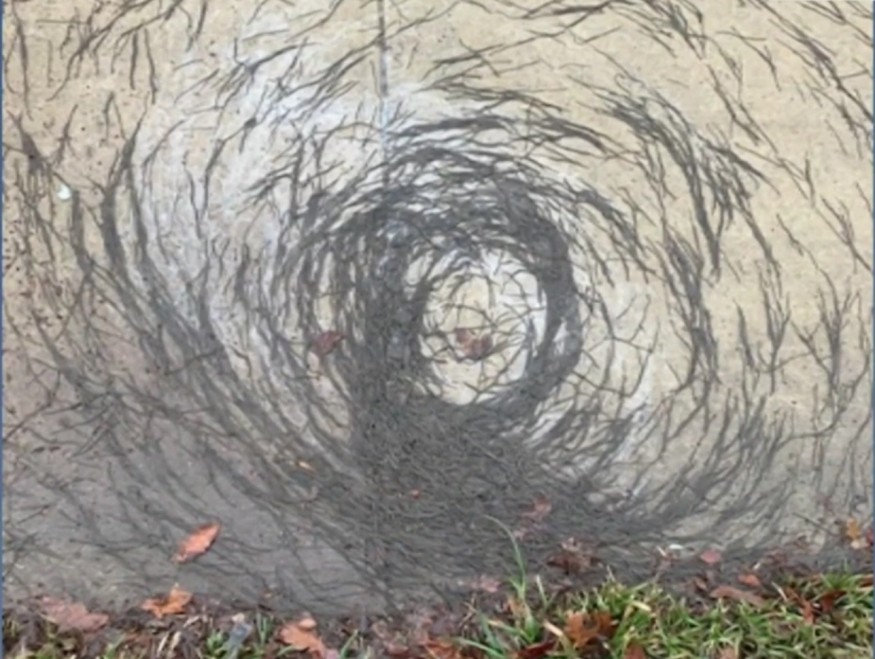Earthworms usually go out to the surface after rainfall and writhe on top of the soil or sidewalks. But the recent rain in New Jersey has brought something a little more unusual, a worm tornado.
According to a Hoboken resident, New Jersey, she was out for a morning walk in a park near the Hudson River when she saw hundreds of worms spread on the pavement.
The unidentified woman told Live Science that she also saw a bizarre-looking pattern that hundreds of worms formed. It was a cyclone-like shape wherein the worms created a spiral at the edge of the grass where it meets the concrete.
She took a photo of the worm tornado and sent them to Tiffany Fisher, who is a Hoboken City Council who shared the photos to Facebook with a caption: "Clearly worms come out after it rains, but this is something I've never seen!"

Wormnado Baffles Scientists
The wormnado that appeared in the pavement in Hoboken has baffled many scientists, The Sun reported. One of them is the University of Minnesota's Department of Soil, Water, and Climate professor Kyungsoo Yoo who said that the tornado shapes the worms formed is really interesting.
He added that this is the first time he saw worms forming a spiral like a cyclone or a tornado, although worms usually emerge on the surface in clusters after a rain.
Moreover, lab leader and assistant professor Saad Bhamia of Georgia Tech said that since the species of the worms forming the worm tornado are unknown, any conclusions about them would only be speculation.
Many theories tried to explain this phenomenon by spreading it on social media sites, including earthworm herding. Some said that these worms might have resurfaced because of the heavy rain that has swamped the area.
What is Earthworm Herding?
Some people might attribute the recent worm tornado as a preparation for the Worm Moon, a supermoon that appeared on March 28. However, this natural phenomenon is an unlikely explanation for the formation of the worm tornado.
According to the University of Wisconsin-Madison, earthworms breathe through their skin. So they go out to the surface when rain saturates the soil with water, or else they will drown.
Although they are typically solitary organisms, LiveScience reported that earthworms sometimes form a herd when they are on top of the soil to communicate with each other about where to move, researchers of a 2010 study reported.
The study, entitled "A New Case of Consensual Decision: Collective Movement in Earthworms," explains that the species Eisenia fetida would form clusters and influence each other to go in one direction when migrating they communicate by touching rather than sending chemical signals that other animals do.
This collective behavior, known as earthworm herding, helps earthworms survive environmental threats like flooding and serves as their defense strategy against pathogens and predators.
Check out more news and information on Worms on Science Times.












